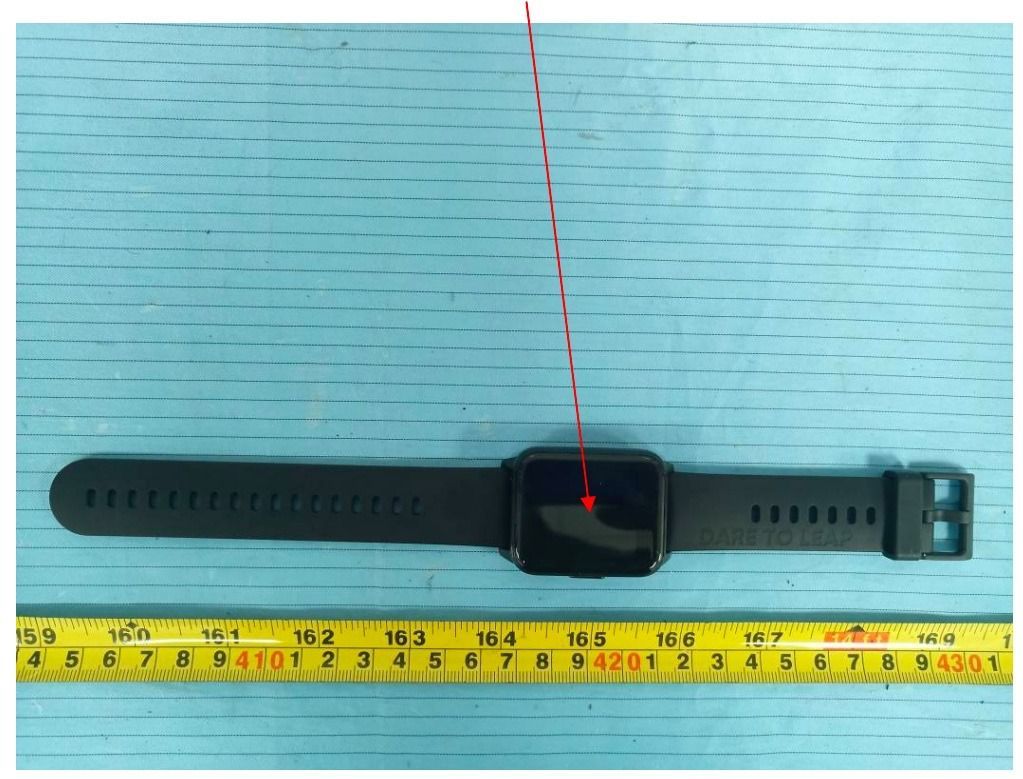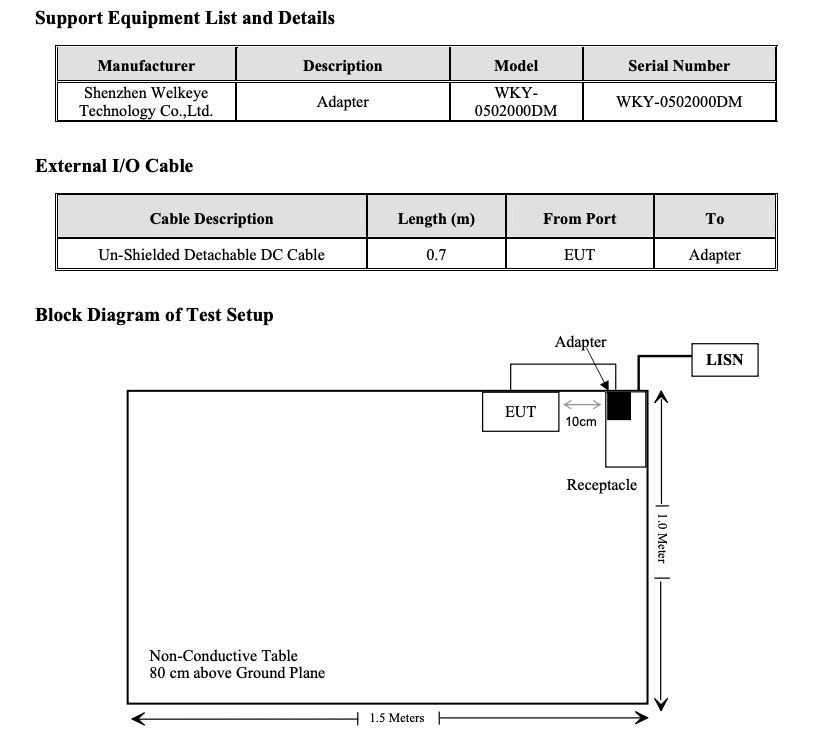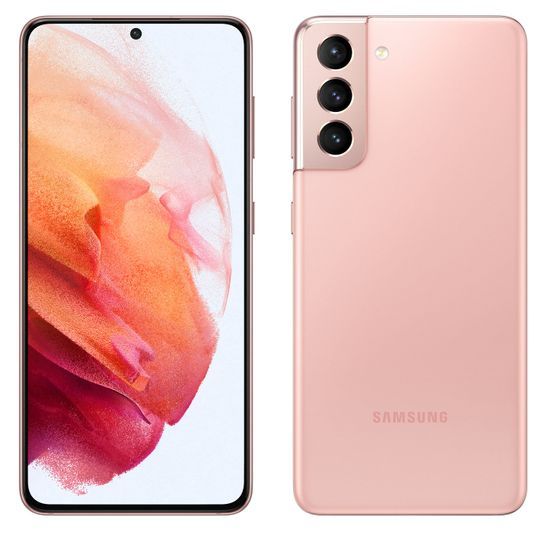We recently reported on new strings found within the Google Messages app that suggested that the app would stop working on uncertified Android devices from April 2021. It seems that Google Duo may also be joining this list, as new strings within the app’s latest update suggest a similar shut down for April for the video calling service.
Google Duo v123 is rolling out on the Google Play Store, and it contains the following new strings:
<string name="grace_period_notification_body">"Because you're using an unsupported device, Duo will unregister your account on this device soon. Download your Clips and call history to avoid losing them."</string>
<string name="grace_period_notification_title">Duo is going away soon</string>While the strings within Google Messages were straightforward, those within Google Duo make a reference to “unsupported” devices. On these unsupported devices, your account will be unregistered, but you’ll have a chance to download Clips and call history before you get kicked out.
What exactly is an “unsupported” device, though? Digging deeper into the decompiled code, we can confirm that “unsupported” device in this context refers to the lack of GMS compliance, essentially meaning the same as an uncertified device. The decompiled code also indicates that Google has set the final enforcement date for March 31, 2021, after which Google Duo will completely stop working for uncertified devices. But for some minor relief, there is a grace period of 14 days, so users on uncertified Android devices will have plenty of time to download their data before the app and service shut down for them.

One could assign the RCS End-to-End encryption rollout as a plausible reason for Google to drop support for uncertified devices on Google Messages. But with Gooogle Duo, the argument holds little ground. Google Duo is freely available on the web with no device restrictions. So using the same on a certified or uncertified device should not matter. As Mishaal confirms, you can install and use Google Duo on the Huawei P40 Pro without needing Google Mobile Services. And of course, the same is also the case for the web. So just locking one of these out while letting the other one exist appears to be prima facie unreasonable. We hope Google clarifies on its reasoning when the change is implemented.
Google Duo - High Quality Video Calls (Free, Google Play) →
The post Google Duo may shut down in April for uncertified Android devices appeared first on xda-developers.
from xda-developers https://ift.tt/3qIdDoq
via IFTTT



















